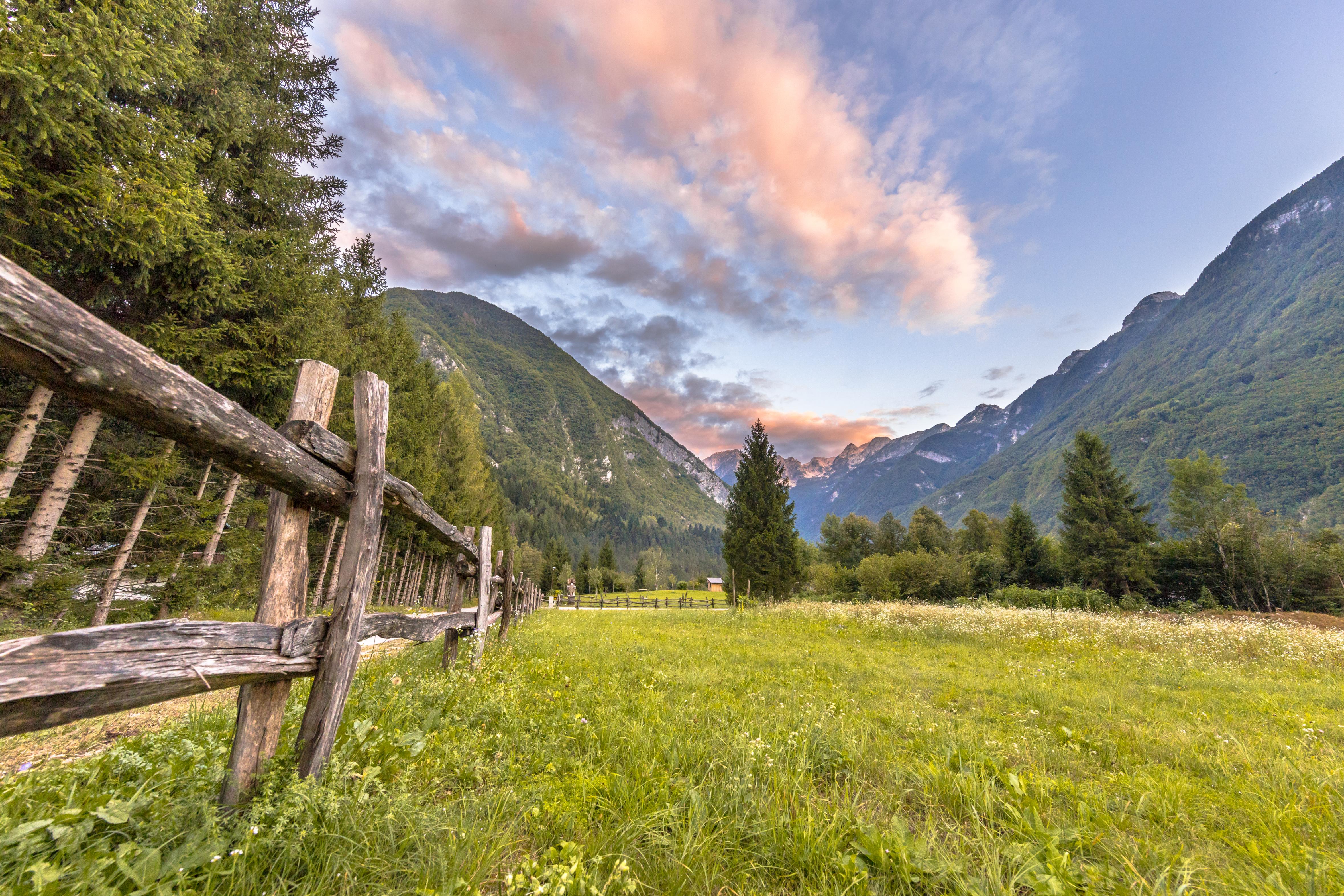Hidden Cities: Discovering Europe's Best-Kept Secrets
Sure, Paris dazzles and Rome roars—but what about the cities that don’t make the postcards? The ones with crooked cobblestone lanes, sun-faded frescoes, and stories whispered through crumbling archways? Across Europe, a quieter magic awaits—far from the tour buses and selfie sticks. These hidden cities offer the soul of the continent without the spectacle: medieval squares where locals still gather, markets that haven’t been curated for Instagram, and ruins that feel like personal discoveries. They may not boast the biggest museums or flashiest landmarks, but they trade fame for authenticity—and reward the curious with unexpected wonder. Whether you’re a history buff, a culture seeker, or just tired of crowds, these 12 underrated European cities are your ticket to seeing the continent differently. Come for the charm, stay for the stories—and leave feeling like you’ve stumbled onto something truly special.
1. Matera, Italy: The Stone City of Secrets
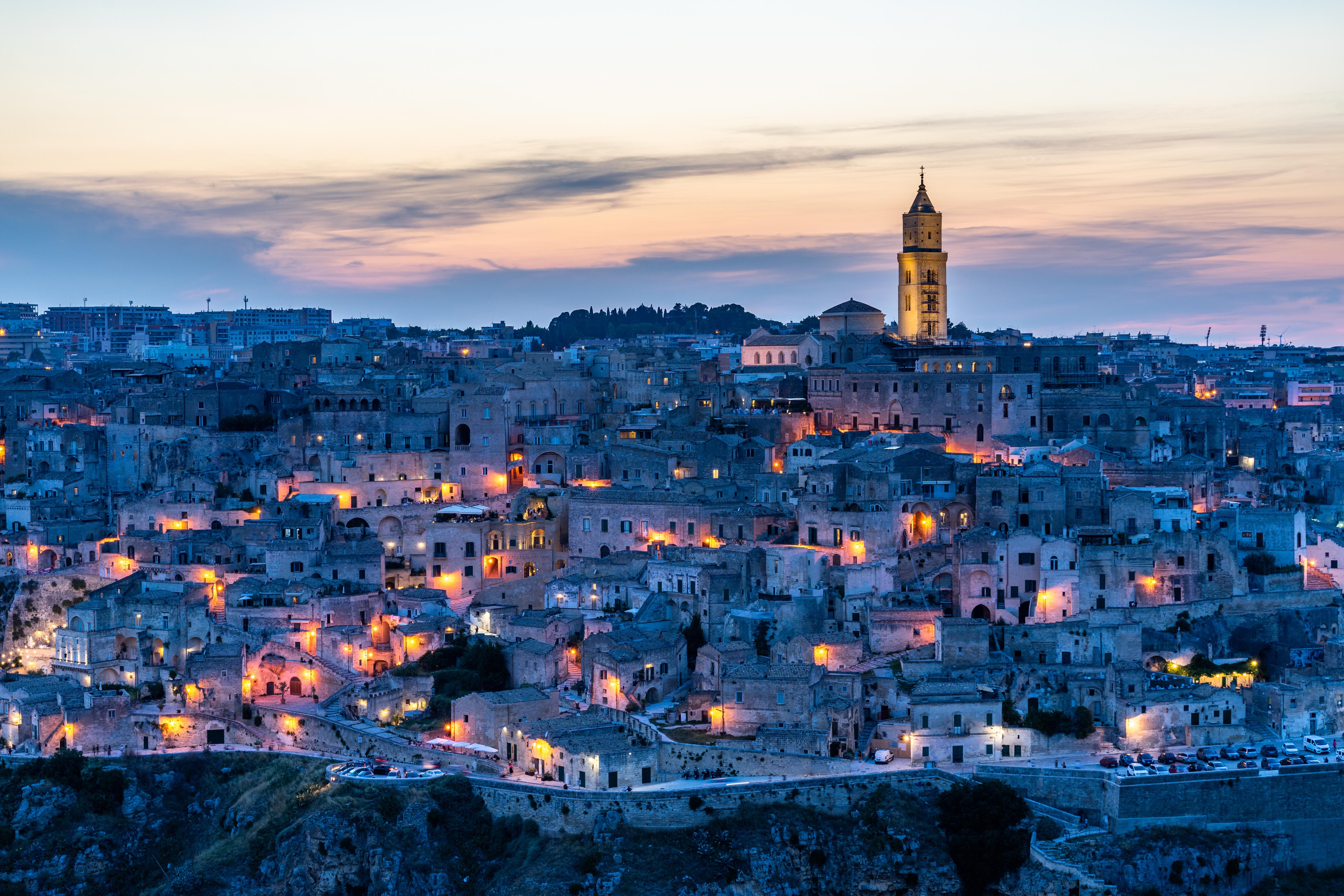
Nestled in the southern region of Basilicata, Matera is a city carved out of limestone, with dwellings and churches etched into the rock face. Known as "La Città Sotterranea" or the Subterranean City, Matera's history dates back to the Paleolithic period. Its ancient cave dwellings, known as Sassi, were once considered a symbol of poverty but have now been transformed into charming homes and boutique hotels. Recognized as a UNESCO World Heritage site, Matera's labyrinthine alleys and stunning landscapes offer a journey back in time, where every corner whispers stories of resilience and rebirth.
2. Sintra, Portugal: The Enchanted Hills
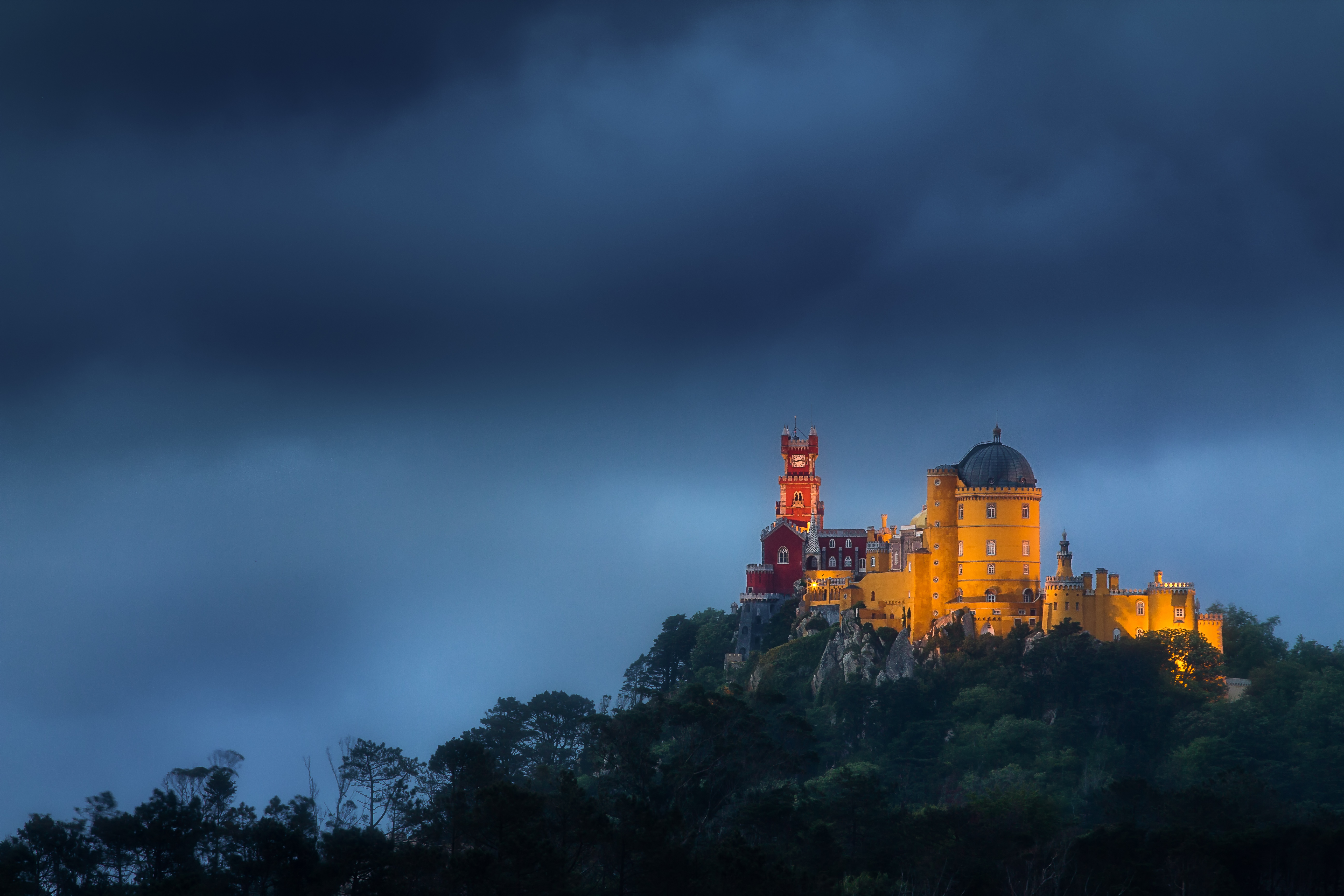
Just a stone's throw from Lisbon, Sintra is a fairy-tale town nestled in the lush hills of the Serra de Sintra. Known for its 19th-century Romantic architecture, Sintra's palaces and gardens evoke a sense of magic and mystery. The colorful Pena Palace, perched atop a hill, offers panoramic views of the surrounding countryside, while the Moorish Castle and the Quinta da Regaleira, with its enigmatic initiation wells, reveal the town's rich history and cultural layers. Sintra's unique microclimate, with misty mornings and sun-drenched afternoons, adds to its enchanting allure, making it a must-visit for those seeking Europe's hidden charms.
3. Český Krumlov, Czech Republic: A Bohemian Tale
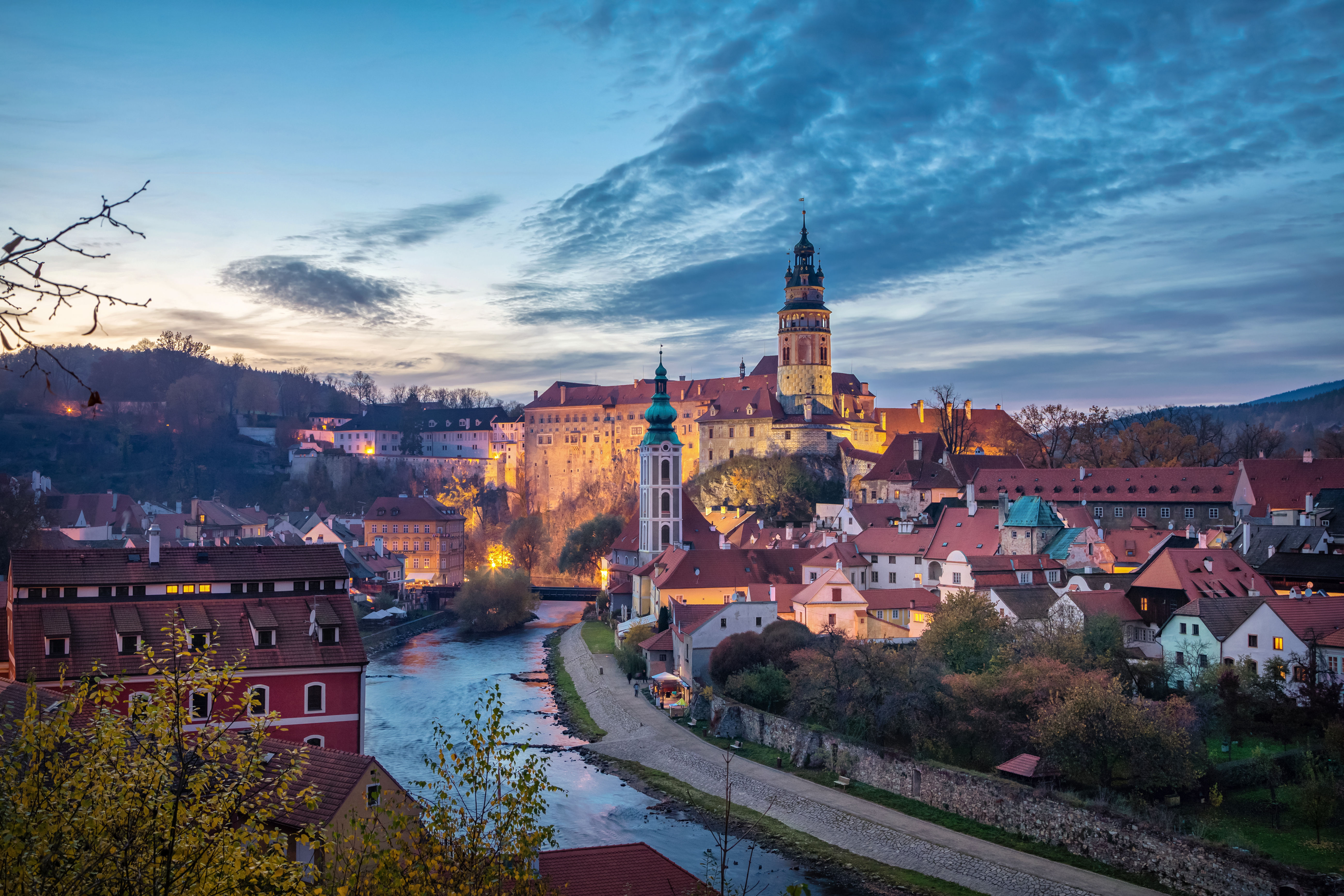
In the heart of the Czech Republic, Český Krumlov is a picturesque town that seems to have stepped out of a fairy tale. Its well-preserved medieval architecture, winding cobblestone streets, and the majestic Český Krumlov Castle overlooking the Vltava River create a captivating scene. The town's history is intertwined with the noble Rosenberg family, whose legacy can still be felt today. Visitors can explore the castle's Baroque theater, the Egon Schiele Art Centrum, and enjoy a leisurely raft ride along the river. Český Krumlov's blend of history, art, and natural beauty makes it a hidden gem worth exploring.
4. Ghent, Belgium: The Medieval Marvel
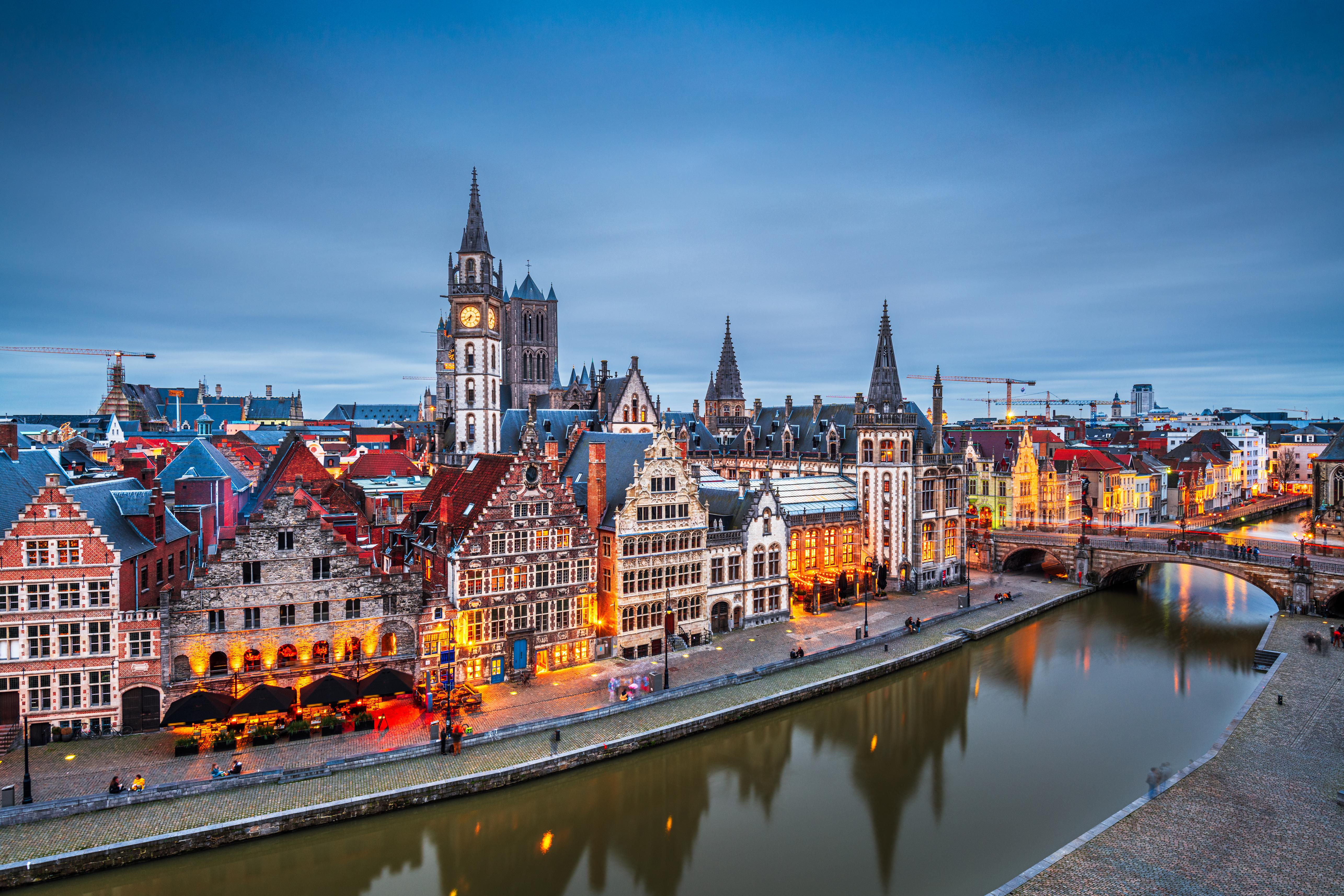
Often overshadowed by its more famous neighbor Bruges, Ghent is a vibrant city that combines medieval charm with a lively contemporary atmosphere. Its stunning Gothic architecture, including the Saint Bavo's Cathedral and the Gravensteen Castle, tells tales of its prosperous past as a medieval trade hub. Ghent is also home to the famous Ghent Altarpiece, a masterpiece of Renaissance art. The city's canals, bustling markets, and vibrant cultural scene make it an ideal destination for those seeking a blend of history and modernity. Ghent's ability to preserve its heritage while embracing the present makes it a unique European treasure.
5. Gjirokastër, Albania: The Stone City of the Balkans
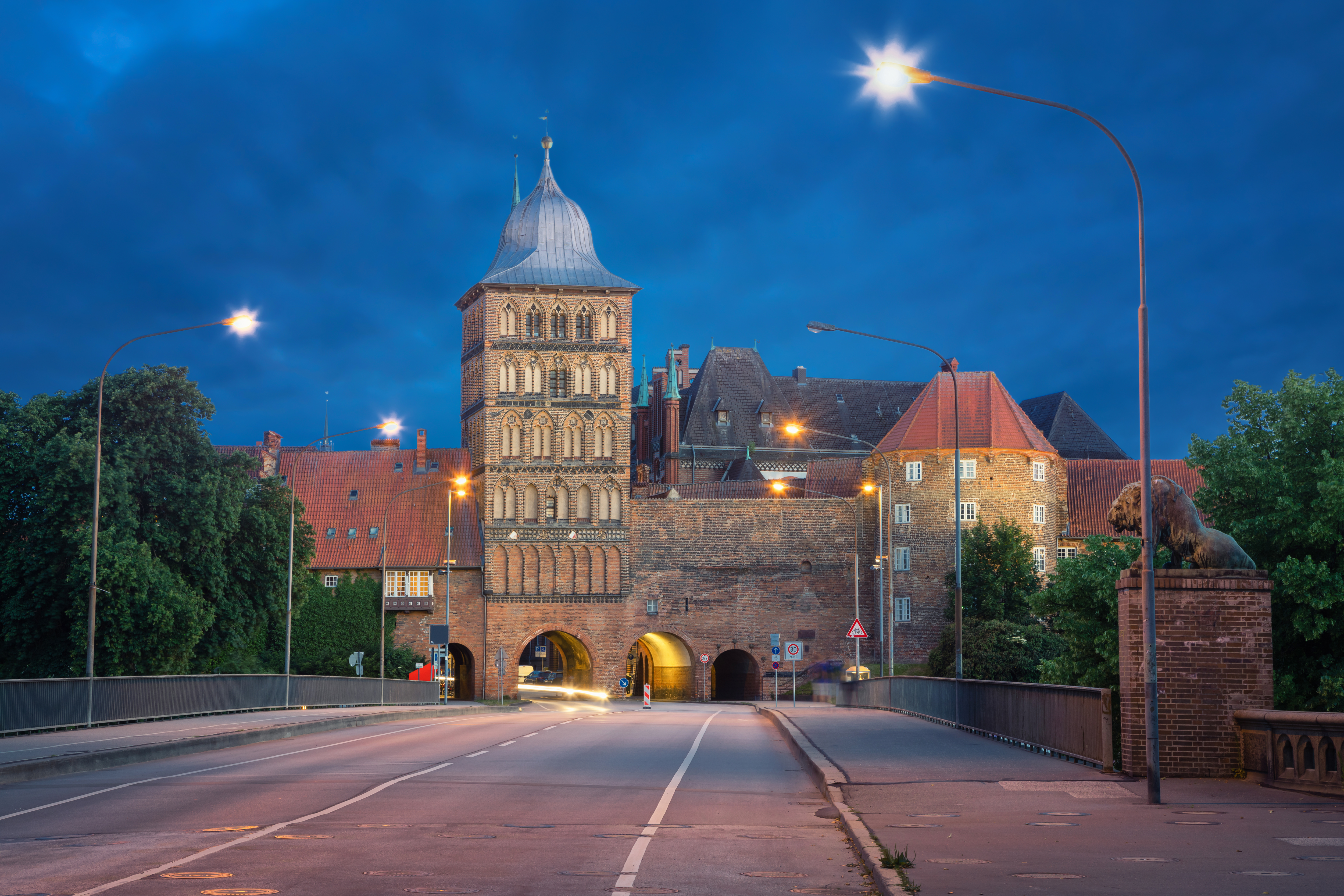
Gjirokastër, known as the "City of Stone," is a UNESCO World Heritage site that offers a glimpse into Albania's rich history and cultural diversity. The city's Ottoman-era architecture, characterized by stone houses with slate roofs, creates a distinctive skyline against the backdrop of the Drino Valley. Gjirokastër's castle, one of the largest in the Balkans, dominates the cityscape and houses several museums, including the National Museum of Armaments. The birthplace of the Albanian dictator Enver Hoxha, Gjirokastër is a city of contrasts, where visitors can explore its historical layers and enjoy its vibrant cultural festivals.
6. Lübeck, Germany: The Queen of the Hanseatic League
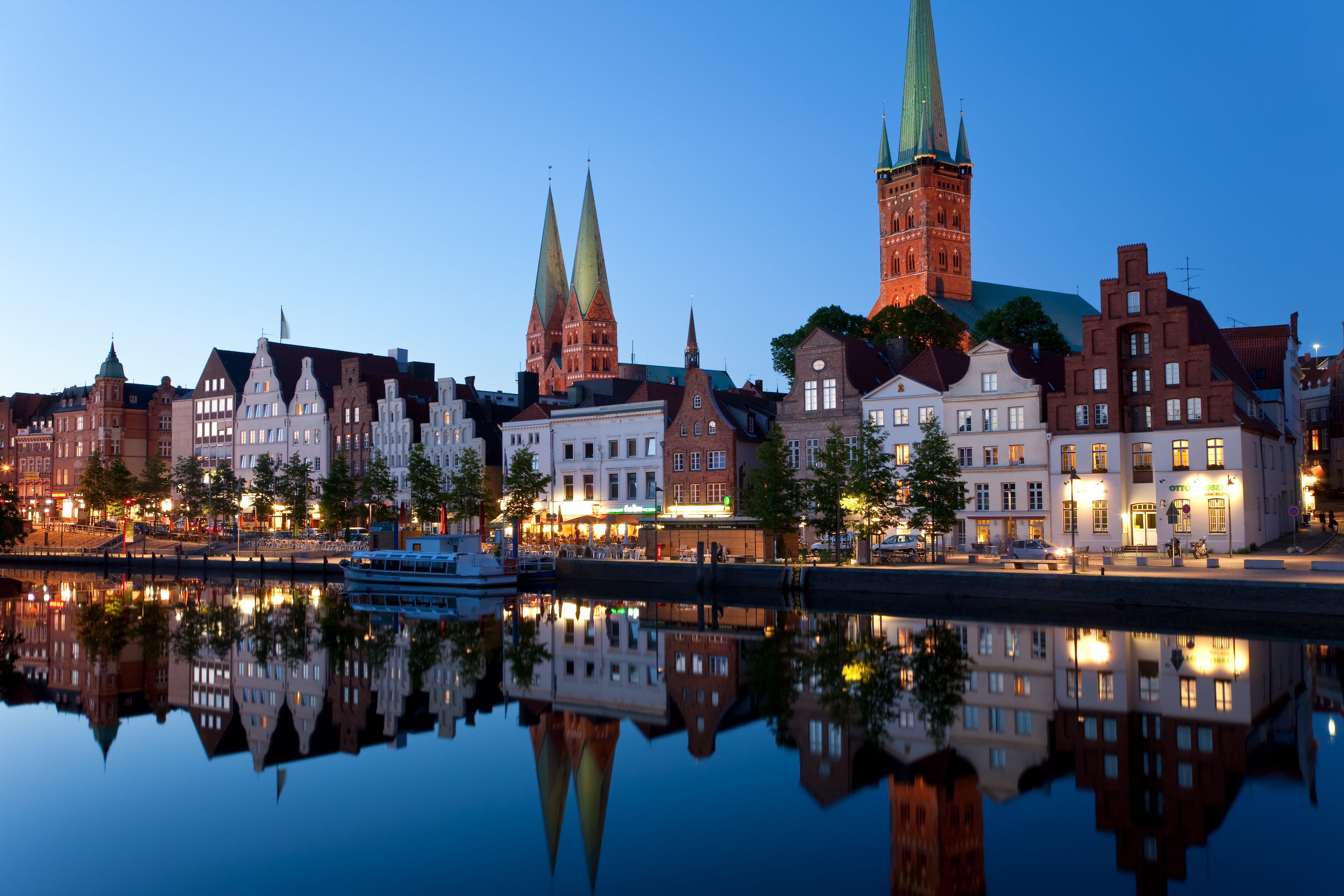
Lübeck, a city in northern Germany, was once the leading city of the Hanseatic League, a powerful medieval trading confederation. Its well-preserved old town, a UNESCO World Heritage site, is characterized by brick Gothic architecture, narrow alleys, and historic merchant houses. The Holstentor Gate, with its distinctive twin towers, is a symbol of Lübeck's rich history. Visitors can explore the city's maritime heritage at the European Hansemuseum and indulge in Lübeck's famous marzipan. Lübeck's blend of history, culture, and gastronomy makes it a captivating destination for those seeking to uncover Europe's hidden past.
7. Ronda, Spain: The City on the Edge
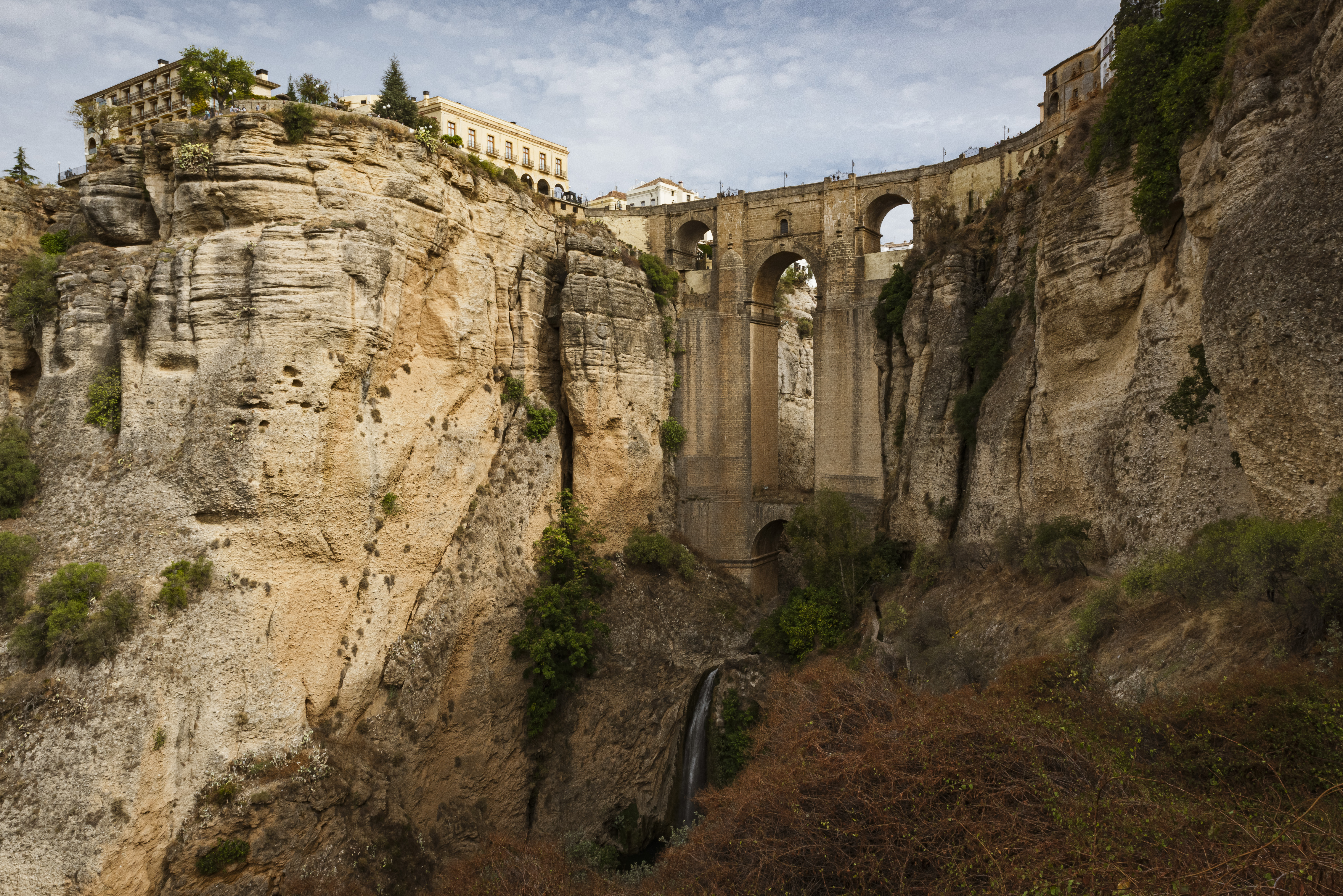
Perched atop the dramatic El Tajo gorge in Andalusia, Ronda is a city that captivates with its breathtaking views and rich history. The Puente Nuevo, a striking bridge that spans the gorge, connects the old and new parts of the city. Ronda's history dates back to Roman times, and its Moorish influence is evident in its architecture and winding streets. The city is also known for its bullfighting tradition, with the Plaza de Toros being one of the oldest bullrings in Spain. Ronda's unique blend of natural beauty and cultural heritage makes it a must-visit for those exploring Spain's hidden gems.
8. Sibiu, Romania: The Heart of Transylvania
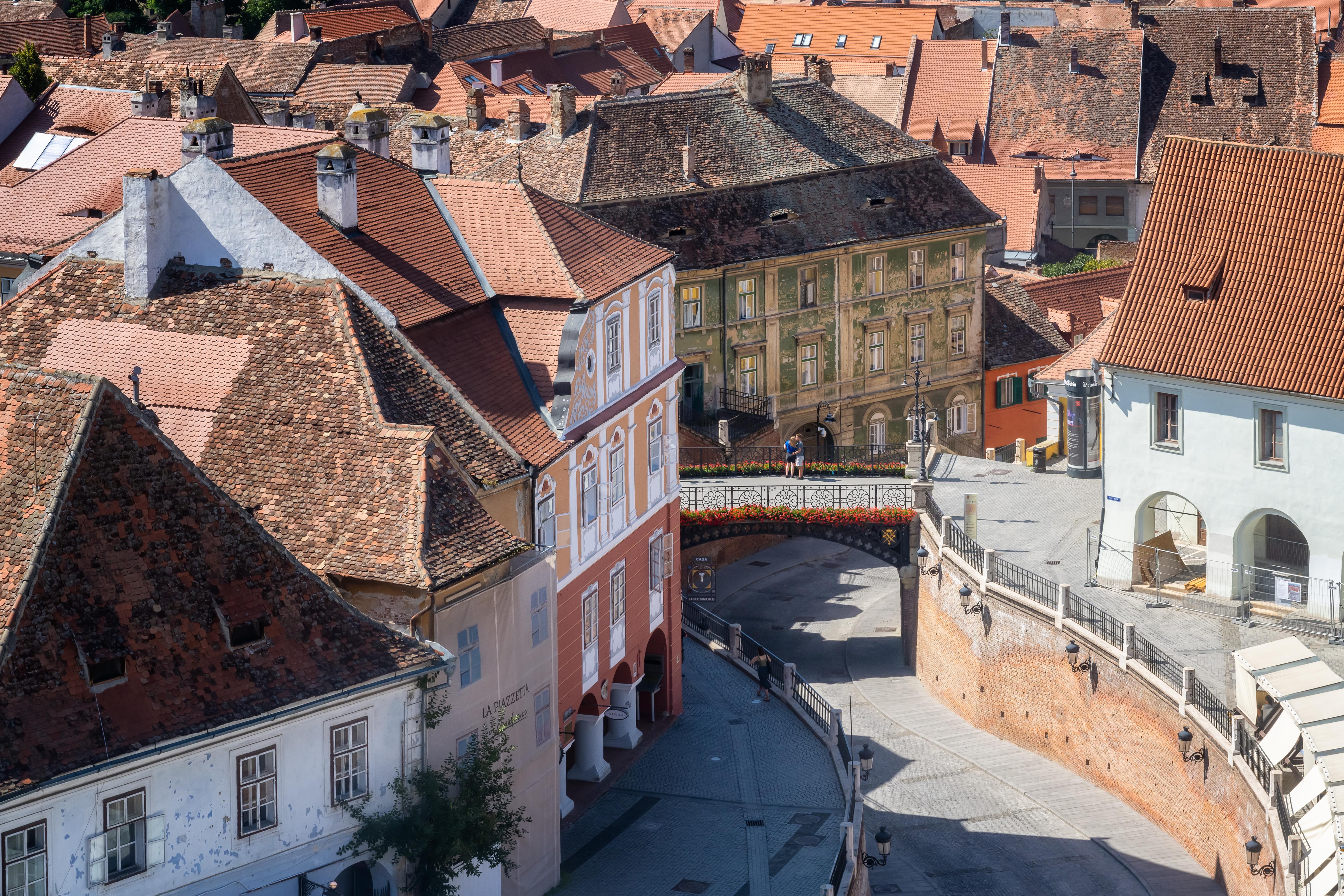
Sibiu, a city in the heart of Transylvania, Romania, is known for its well-preserved medieval architecture and vibrant cultural scene. Once the center of the Transylvanian Saxons, Sibiu boasts a rich history reflected in its fortified churches, towers, and squares. The city's Large Square and Small Square are surrounded by colorful baroque buildings, while the Bridge of Lies adds a touch of intrigue. Sibiu's cultural life is vibrant, with numerous festivals, theaters, and museums. Its blend of history, culture, and scenic beauty makes Sibiu a hidden gem that offers a unique glimpse into the heart of Transylvania.
9. Trogir, Croatia: The Adriatic Jewel
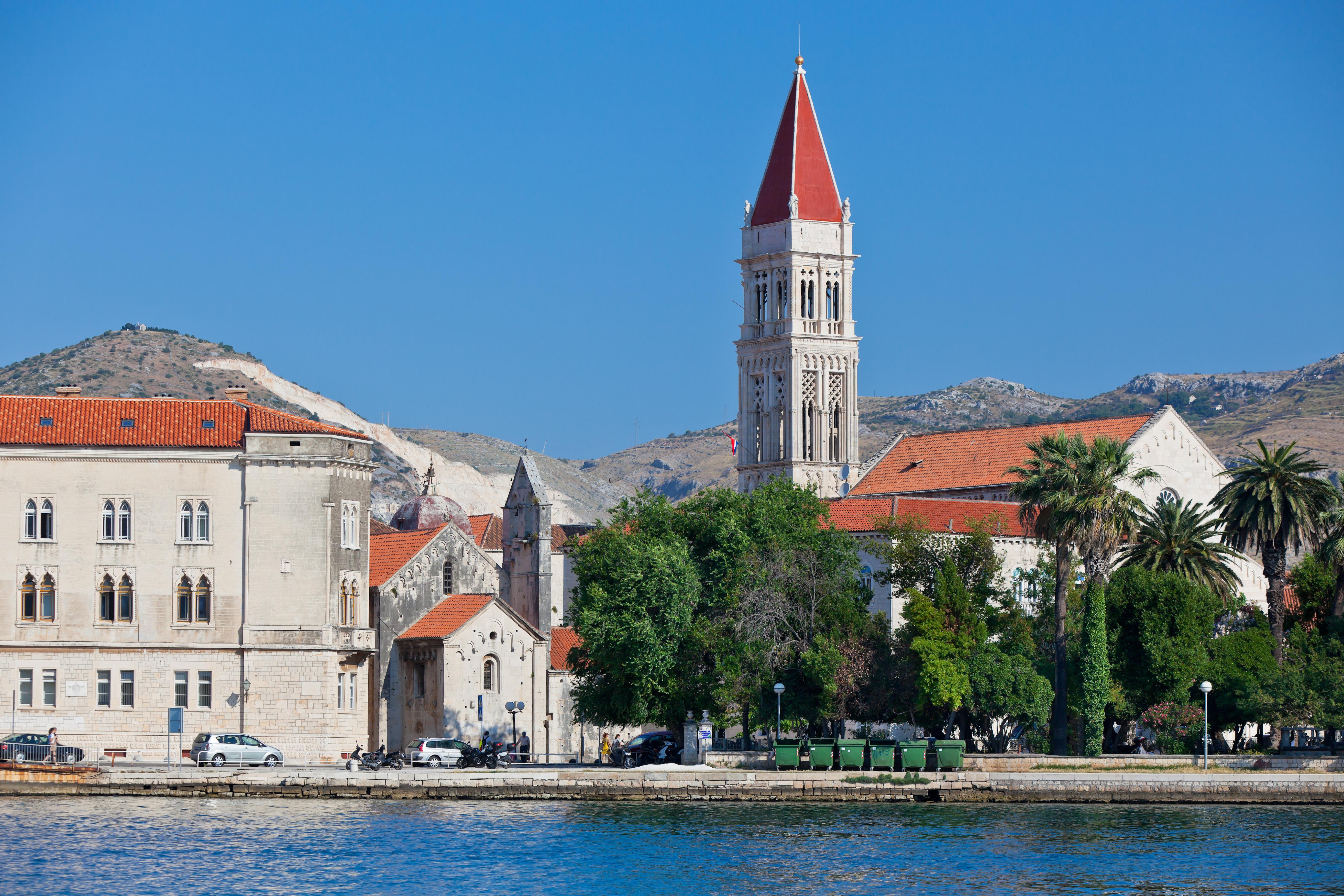
Trogir, a small town on the Adriatic coast of Croatia, is a UNESCO World Heritage site known for its stunning Venetian architecture and ancient history. The town's historic center is situated on a small island connected to the mainland by bridges, creating a picturesque setting. Trogir's narrow streets, charming squares, and impressive Cathedral of St. Lawrence with its intricate portal are a testament to its rich past. The town's waterfront promenade, lined with cafes and restaurants, offers a perfect spot to enjoy the Mediterranean ambiance. Trogir's blend of history, architecture, and seaside charm makes it a hidden jewel of the Adriatic.
10. Kotor, Montenegro: The Fjord of the Adriatic
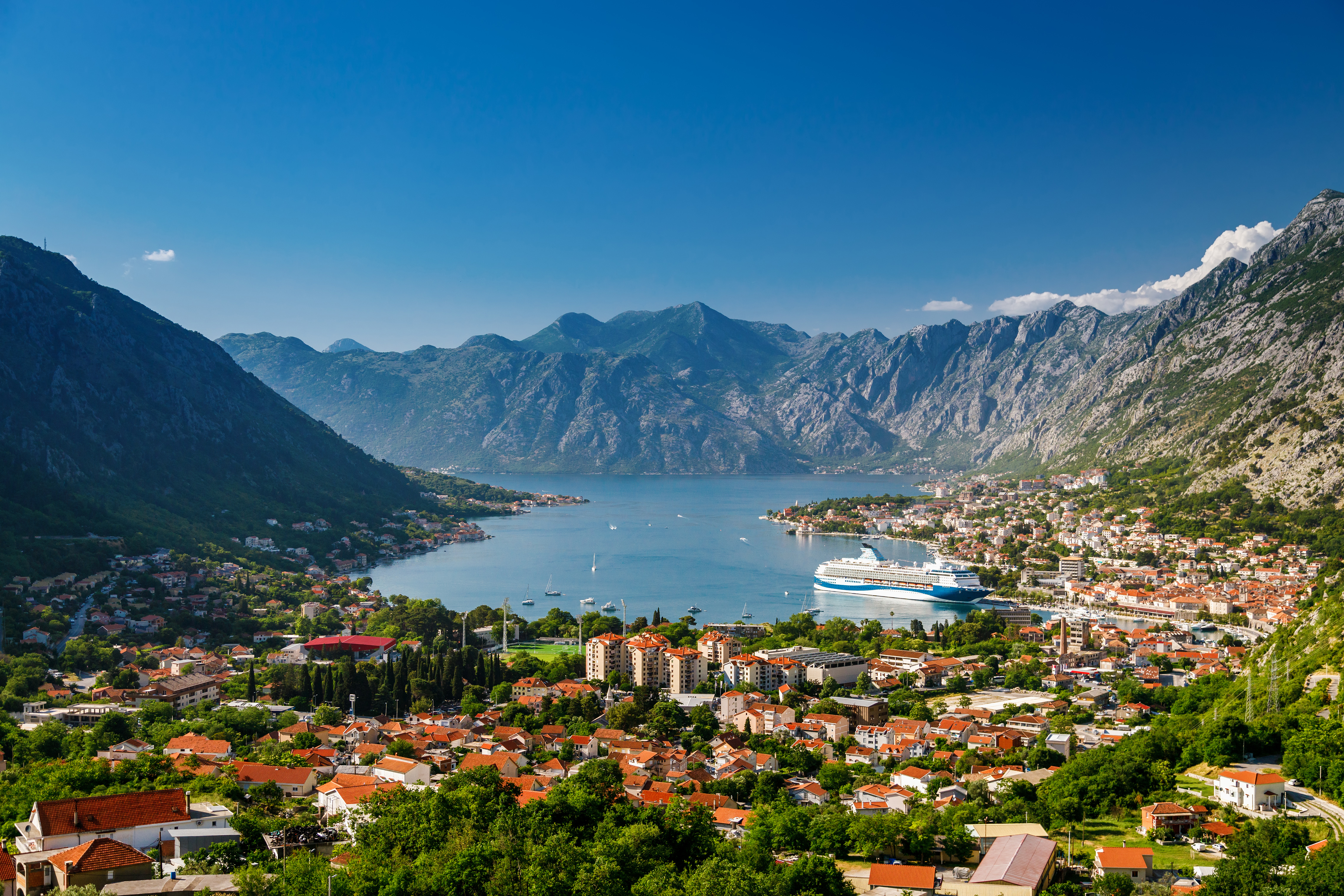
Kotor, nestled at the end of the Bay of Kotor in Montenegro, is often referred to as the "Fjord of the Adriatic." This coastal town is surrounded by rugged mountains and boasts a well-preserved medieval old town, a UNESCO World Heritage site. Kotor's labyrinthine streets, historic churches, and Venetian palaces reflect its rich maritime history. The climb to the fortress of San Giovanni offers breathtaking views of the bay and the surrounding mountains. Kotor's unique setting, combined with its historical and architectural treasures, makes it a captivating destination for those seeking Europe's hidden coastal gems.
11. Bergen, Norway: The Gateway to the Fjords
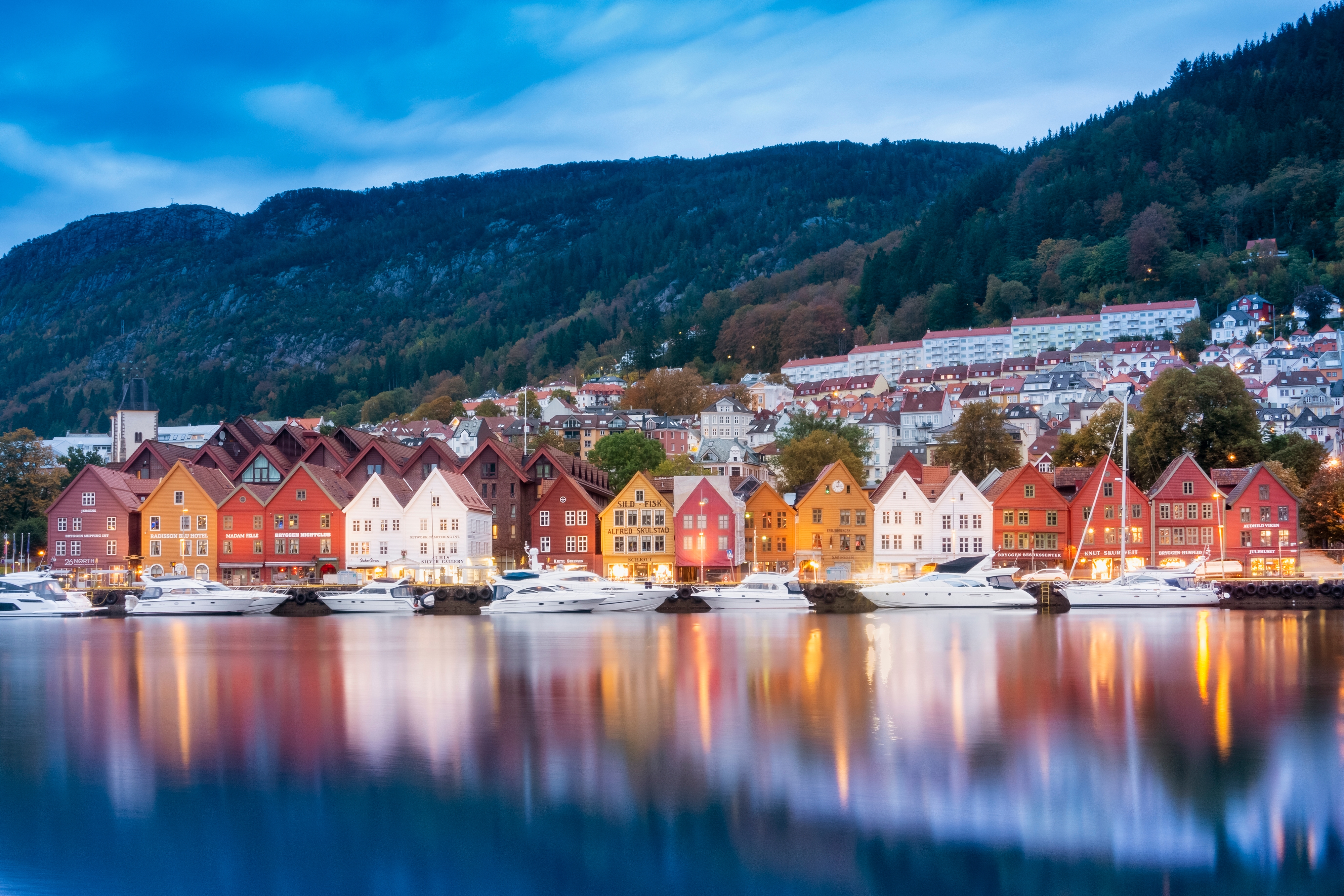
Bergen, Norway's second-largest city, is known as the gateway to the fjords. Its picturesque setting, surrounded by seven mountains and fjords, makes it a haven for nature lovers. Bergen's historic Bryggen Wharf, a UNESCO World Heritage site, is a reminder of its Hanseatic past, with colorful wooden buildings lining the waterfront. The city's vibrant cultural scene, with numerous festivals, museums, and galleries, adds to its charm. Visitors can explore the nearby fjords, hike the surrounding mountains, or simply enjoy the city's cozy cafes and restaurants. Bergen's blend of natural beauty and cultural richness makes it a hidden gem in northern Europe.
12. Lviv, Ukraine: The Cultural Crossroads
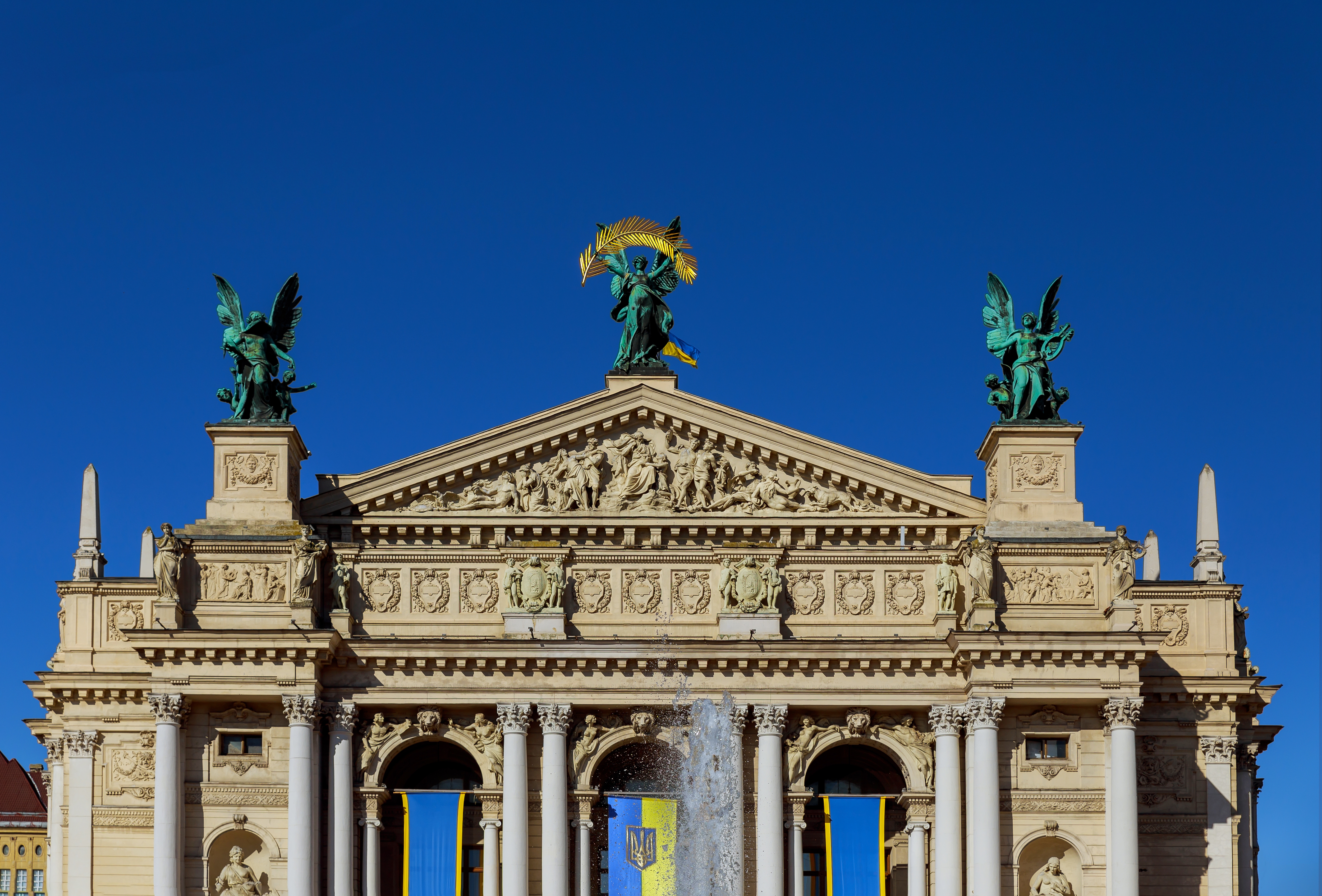
Lviv, located in western Ukraine, is a city that embodies the cultural crossroads of Eastern Europe. Its well-preserved historic center, a UNESCO World Heritage site, is a testament to its diverse influences, from Polish and Austrian to Jewish and Armenian. Lviv's cobblestone streets, grand squares, and ornate churches create a captivating atmosphere. The city's vibrant cultural scene, with numerous theaters, galleries, and cafes, reflects its dynamic spirit. Lviv is also known for its coffee culture, with numerous cafes offering a taste of the city's unique blend of history and modernity. Lviv's rich cultural tapestry makes it a hidden treasure waiting to be discovered.
Embracing Europe's Enchantment
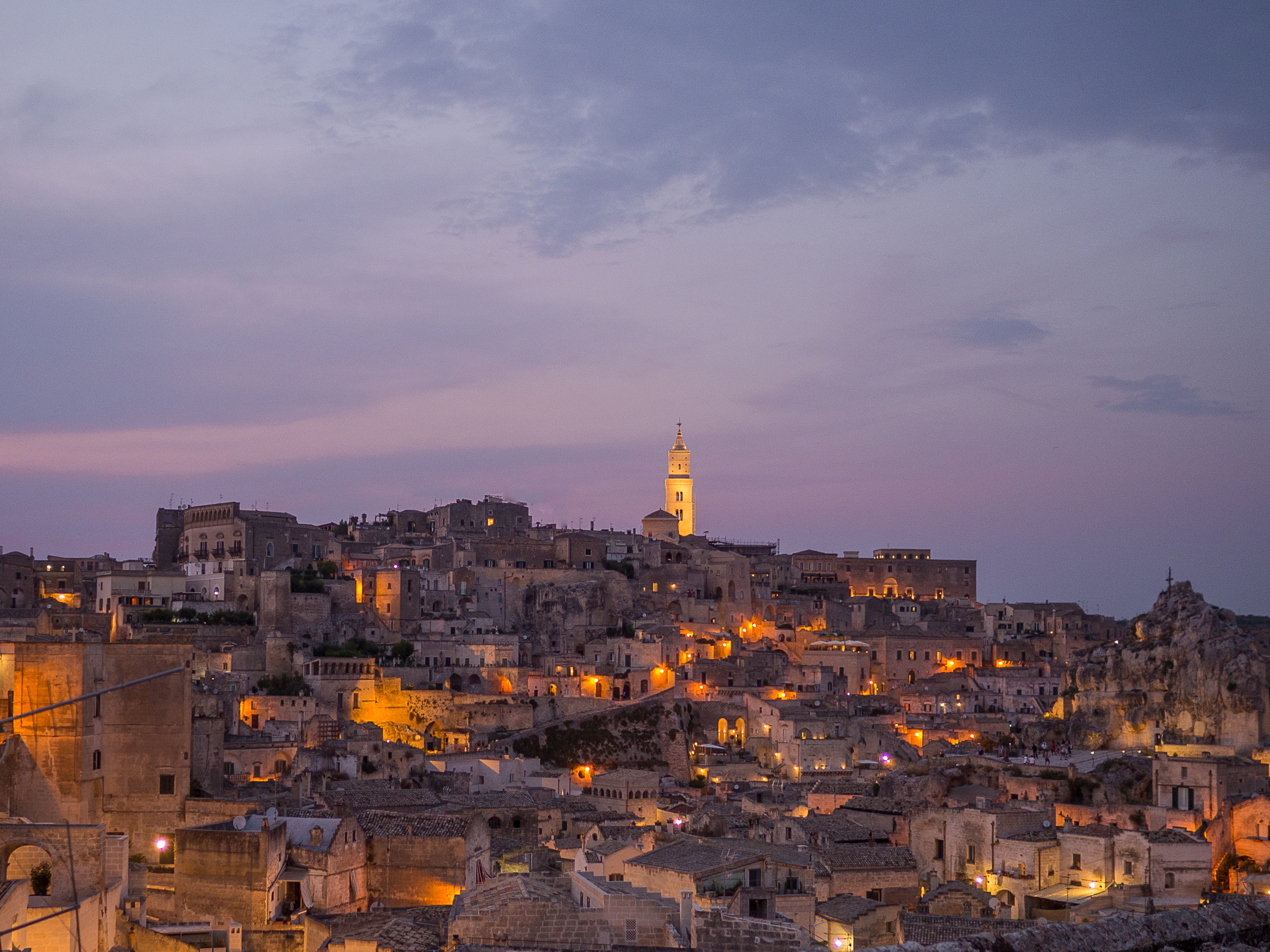
These hidden cities of Europe aren’t just destinations—they’re invitations. Invitations to step off the tourist treadmill and into living history. From Matera’s sunbaked stone dwellings to Bergen’s misty harbors, these 12 cities offer more than beauty—they offer perspective. Each one carries the weight of centuries and the charm of the present, woven together in a way the big capitals can’t always replicate. Here, culture isn’t curated—it’s lived. By choosing the road less traveled, you don’t just escape the crowds—you gain a richer, more intimate sense of what Europe truly is: layered, local, and alive. So pack curiosity over checklists, and let these hidden gems reshape how you see the continent. The magic’s still here. You just have to know where to look.




